As much as we love the simple Tuscan cuisine on Cioppino's menu, we never seem able to finish our risotto scampi or signature mare e fetunta. Why? Because we gorged ourselves on the restaurant's savory bread basket, which brims with ciabatta and grissini flown in from Italy. It's even harder to stop picking at the Parmesan and rosemary lavash, baked on the premises by Cioppino's pastry chef, Frédéric Monnet. The bread basket is served with extra-virgin olive oil from Tuscany, a unique blend from Villa Manodori Artigianale by chef Massimo Bottura. Cioppino is open seven days a week from 7 a.m. to 11 p.m.
Best Bread
Cioppino

- 455 Grand Bay Dr., Key Biscayne, 33149 Map
- 305-365-4500
- www.ritzcarlton.com
Best BYOB
Sawaddee Thai-Sushi and Coffee Corner
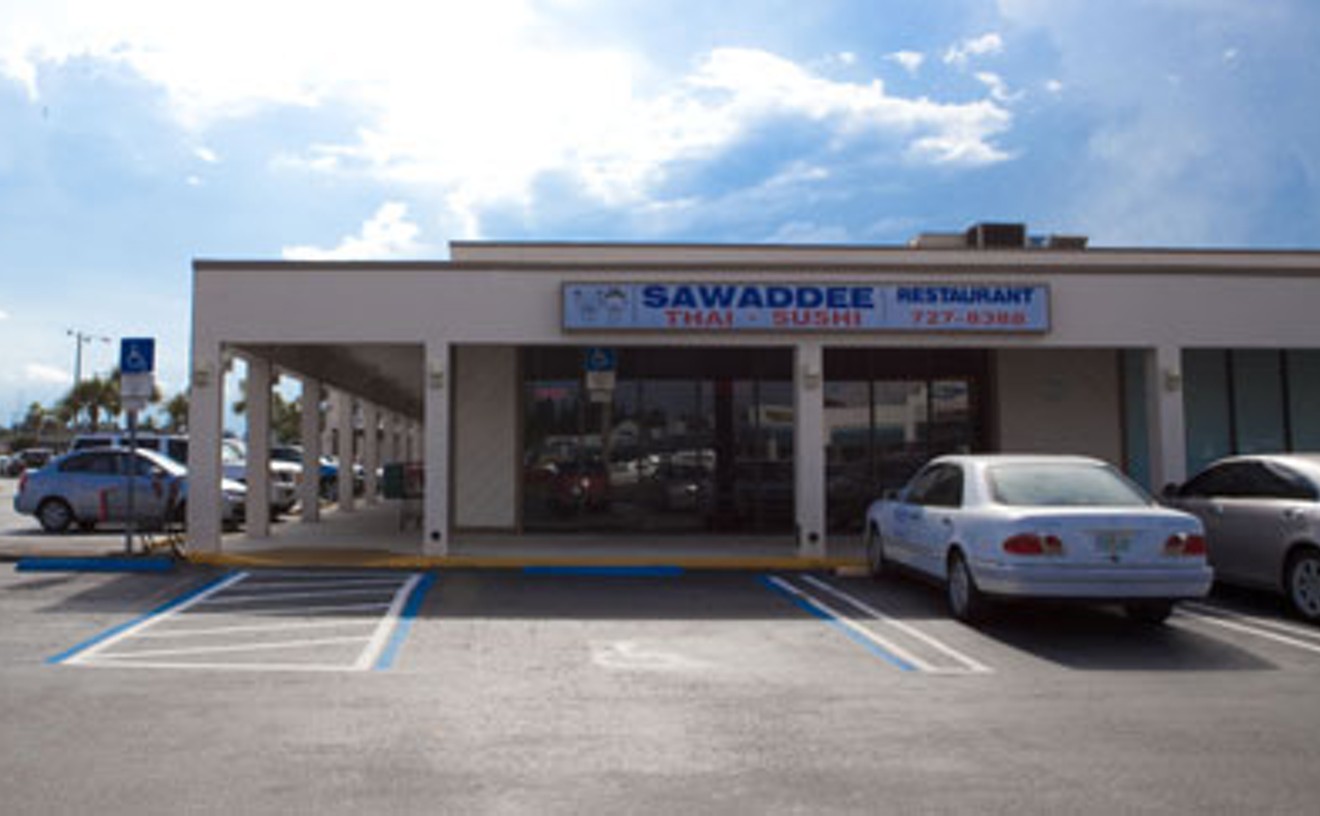
No more eating at the restaurant and then drinkin' in the alley for you, oh no. Have your dinner and drink, too, at Sawaddee on Normandy Isle. The menu, which comprises a great selection of Thai food along with the apparently mandatory assortment of sushi, is reasonably priced enough to justify a visit on its own. A basic pad thai costs about $8, and most dinner dishes are less than $15 and generously portioned. But the real secret is that you can bring your own booze, and it's a-okay with the owners. Can you crack a 40-ounce at the table? We don't know, but give it a shot! If you want something classier, try running across the street to Normandy Beach Supermarket, open until 11 p.m., which always has a decent red for five bucks or less. Bon appétit!
- 6968 Bay Dr., Miami Beach, 33141 Map
- 305-866-8111
- www.sawaddeethairestaurant.com/index.html
Best Caesar Salad
Prime One Twelve
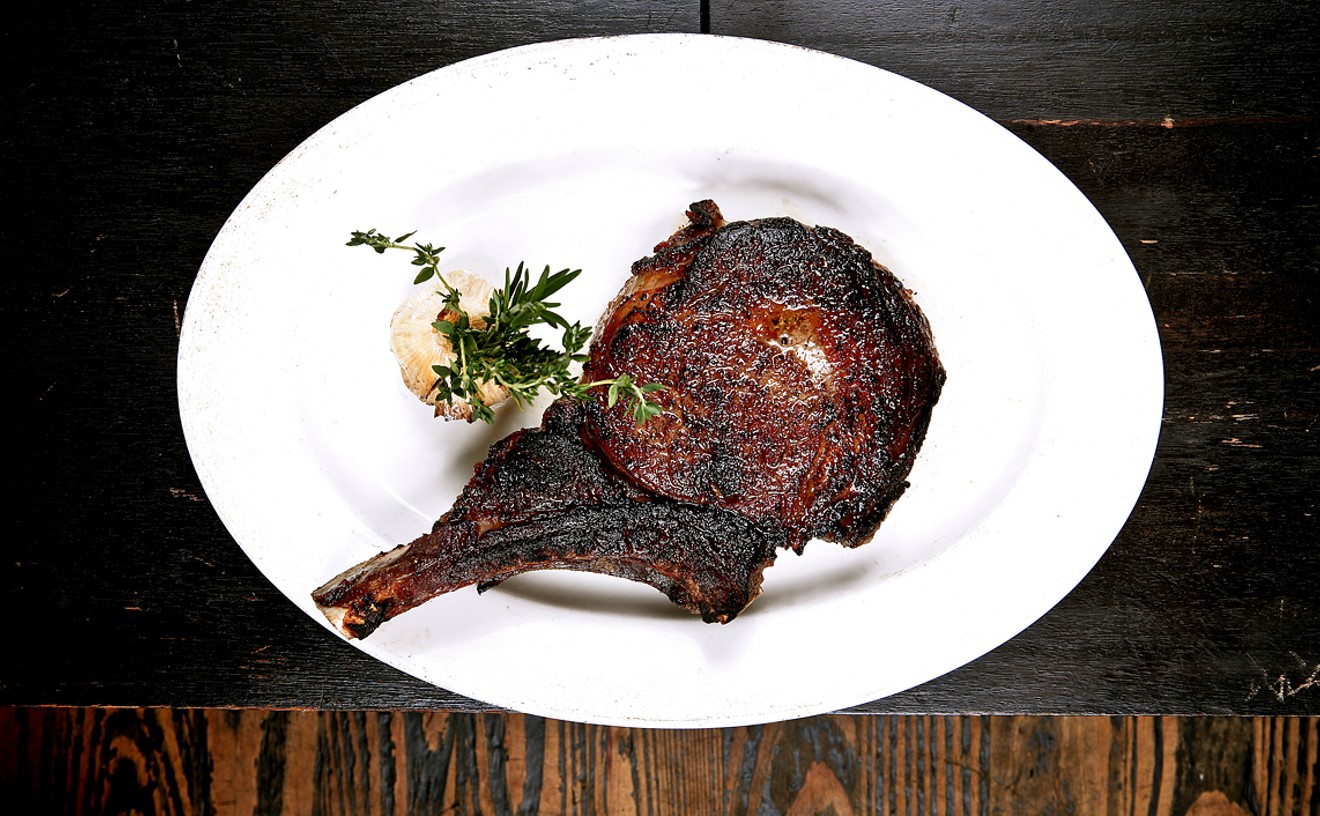
The caesar salad at Prime One Twelve is bigger than life itself. Or maybe not. Would you believe bigger than a breadbox? How about bigger than any other caesar salad in Miami? And better, too, not because of any trendy twists such as cotton candy croutons (the ones here are born of buttery brioche) or a sprinkling of fennel dust (paper-thin shavings of Parmigiano-Reggiano do the trick). Beneath the toppings are crisp hearts of romaine lettuce with a heady garlic-lemon-anchovy emulsion clinging to the leaves like Julius Caesar clung to Rome (or like Caesar Cardini held onto his original recipe for the salad). The caesar here is great because it is classic, as befits the city's most esteemed steak house. That it can feed two or three people makes the $15 price something of a bargain. One Twelve's fat prime steaks, Kobe beef hot dogs, or white truffle French fries are a bit pricier, but they complement the caesar quite well.
- 112 Ocean Dr., Miami Beach, 33139 Map
- 305-532-8112
- mylesrestaurantgroup.com/prime-112/
Best Cafe Cubano
Caciques Corner
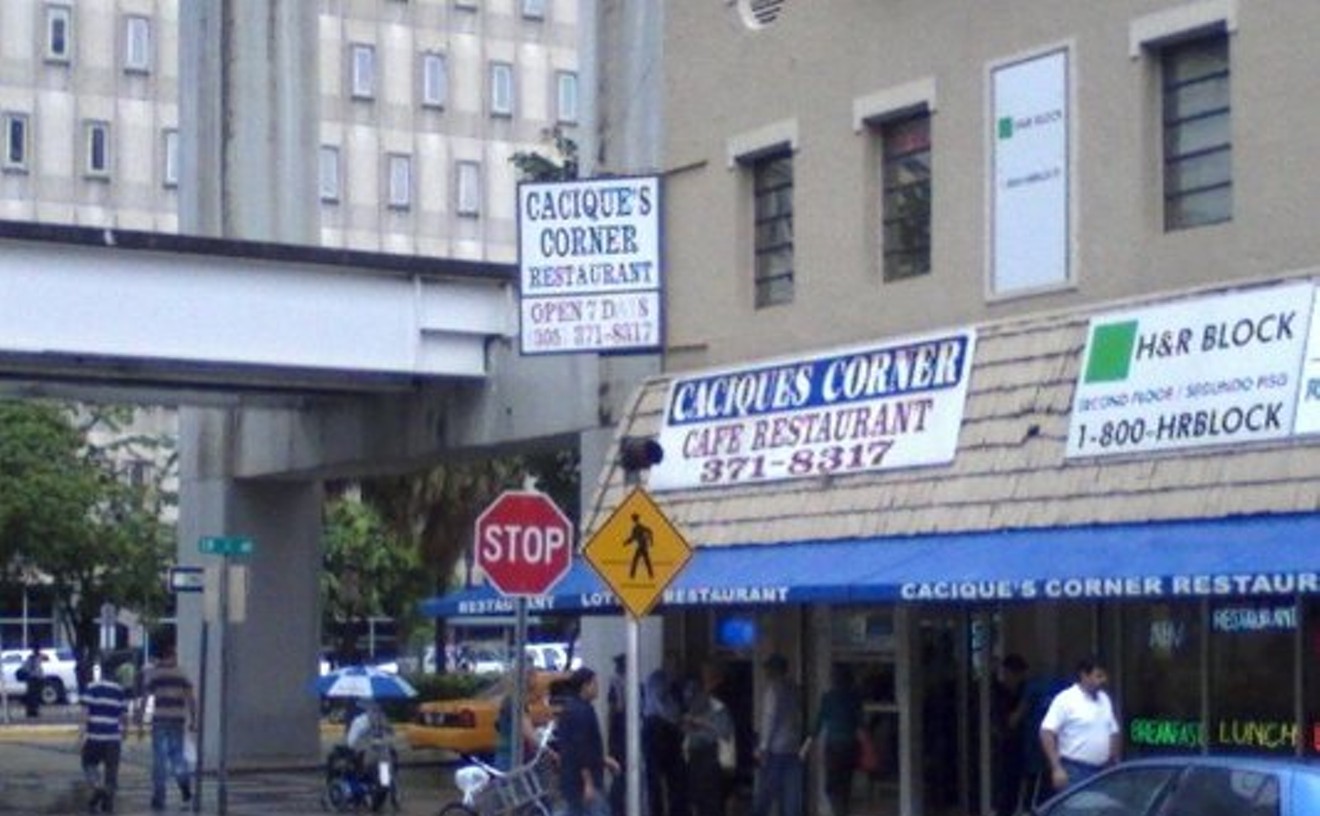
When it comes to café cubano, it's all speed — getting the black life-giving nectar from can to cup to belly fast enough to fuel you through that booooring meeting. Under the Metromover, across from the Miami-Dade County Courthouse, and steps from Miami Art Museum, Caciques Corner is situated to please.
The café, which is shaded by blue awnings, has three windows ready to serve up a jolt of sugar and caffeine. During busy morning hours, cups are ready for loading and reloading. On Sundays, when much of downtown is shuttered, Caciques is open to shake off that hangover. And at 60 cents a cup, it taunts the caffeinated promises of the unnamed chain-to-go a block away.
- 100 W. Flagler St., Miami, 33130 Map
- 305-371-8317
Best Cakes Not by Little Debbie
Mary Ann Bakery
The sweet smell of cakes a-bakin' tickles your nose way before you step into Mary Ann Bakery, and you'd have to be subhuman to resist the urge to walk into this unassuming little spot tucked away on 163rd Street. The front window is filled with birthday and bridal cakes, and although they look (and probably are) delicious, the real gems are inside. Side-by-side, draped in icing, and calling your name are the most fabulous minicakes this side of the Little Debbie factory. Whether you fancy mocha, chocolate, strawberry, orange, or almond, one of the dozens of confections in the refrigerated case of this Chinese bakery will surely hit your spot. The spongy texture of the cake plus the not-too-sweet yet oh-so-buttery icing make these treasures better than anything vacuum-sealed in a plastic bag. And none costs more than $1.25, making your decision to pass up the 7-Eleven baked goods aisle that much sweeter.
- 1284 NE 163rd St., North Miami, 33162 Map
- 305-945-0333
Best Ceviche
Abokado
They spell it cebiche at this Japanese-Pan Latin newcomer. And the renditions served here are distinctive in other ways as well. For one thing, they're prettier than others — the seafoods steeped in flavor without being seeped in a puddle of lime juice and buried in cilantro and red onions. The garnishes and marinades are more creative than most: Lobster luxuriates with slivers of fresh mango in key lime juice; cold-water prawns get invigorated by chipotle-tangerine sauce; tuna tangles with yuzu tobiko, wasabi, scallion, and soy. Prices are $12 to $16 for a generous portion, but a $30 sample proffers any three cebiches of your choice, accompanied by a refreshing scoop of shiso-kiwi sorbet. While you're here, you'll probably want to try this stylish restaurant's sushi, tiraditos, or flashy Latin-Asian fusion dishes. But it is the cebiches that will keep you returning.
Best Chain Restaurant
Chipotle Mexican Grill
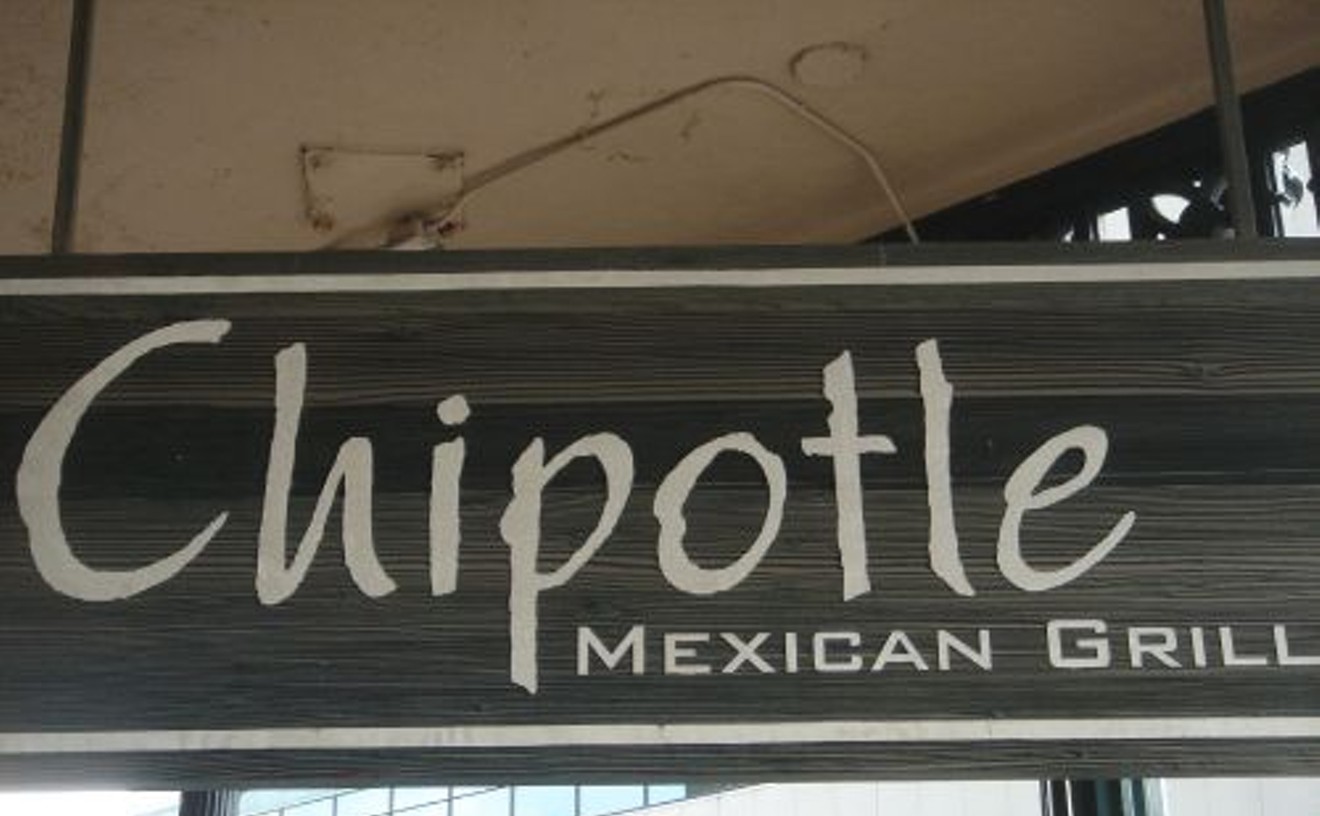
There is the burrito of soft, warm tortilla stuffed with succulent shreds of cumin-spiced, chipotle-marinated barbacoa beef. The burrito bursting with slowly simmered pork carnitas. The burrito caressing chunks of chipotle-marinated chicken. Fact is, the burritos here make those you get at other Mexican chains about as alluring as a yapping Chihuahua. The streamlined menu ("2 things. Thousands of ways"), sleek urban-industrial design, and eco-conscious use of paper goods make the mighty Mickey D's and Burger King seem old and dethroned by comparison. That Chipotle uses products such as Niman Ranch pork, Bell & Evans chicken, and Meyer Natural Angus beef puts it in an entirely different league from all other chain restaurants from fast to casual-upscale. And its use of antibiotic-and-hormone-free meats, organic beans, vegan cheeses, sour cream free of synthetic growth hormones, and total ban of sugar, eggs, nuts, trans fatty acids, and artificial colors or flavorings simply puts the rest of the industry to shame. The bang-for-the-buck meter swings in Chipotle's favor too: Prices top out at $6.10.
- 14776 Biscayne Blvd., North Miami, 33181 Map
- 305-947-2779
- www.chipotle.com
Best Cheese
Laurenzo's Italian Center
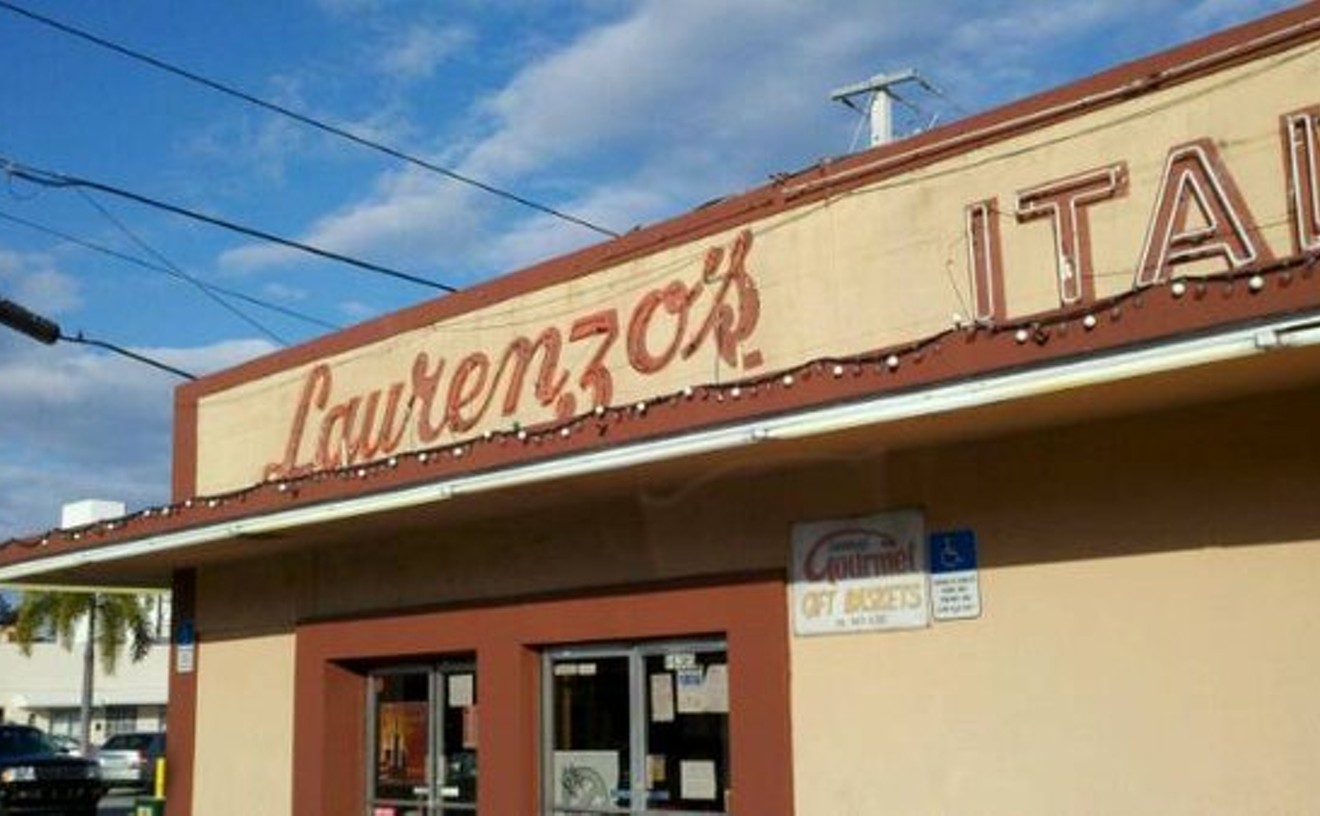
"The poets have been mysteriously silent on the subject of cheese," wrote author G.K. Chesterton. If only one of our literary laureates had visited Laurenzo's market, no doubt they'd have been inspired to describe curd and whey in verse. They might have boldly strutted through the door, pen in hand — which would be easy because the place is open from early morning until dinnertime, and has been since 1951. And while they were there, they might have picked up homemade pastas, prepared Italian specialty foods, produce (at the green market across the street), and the staple of all poets: wine (many fine bottles at prices even wretched scribes can afford). But what would most inspire their imagination would be the cheese. It has so much to offer that it might produce this gem:
Emile Zola never wrote of Gorgonzola,
Especially not Galbani from Lombard
With its pungent pulse veined in bluish green.
Nor did Ezra Pound ever expound
On what a bargain $6.99 a pound
Was for milky, made-on-premises mozzarella
(It is said he preferred the smoked variety.)
Emily Dickinson ignored aged Fontina Val d'Aosta,
As though its grassy aroma and trufflelike flavor never existed.
Why did she not pick up pen for wine-cured Pecorino Toscano,
Haunted with hints of Tuscany's taunting wildflowers?
- 16385 W. Dixie Highway, North Miami Beach, 33160 Map
- 305-945-6381
- www.laurenzosmarket.com
Best Chefs
Michelle Bernstein and Michael Schwartz
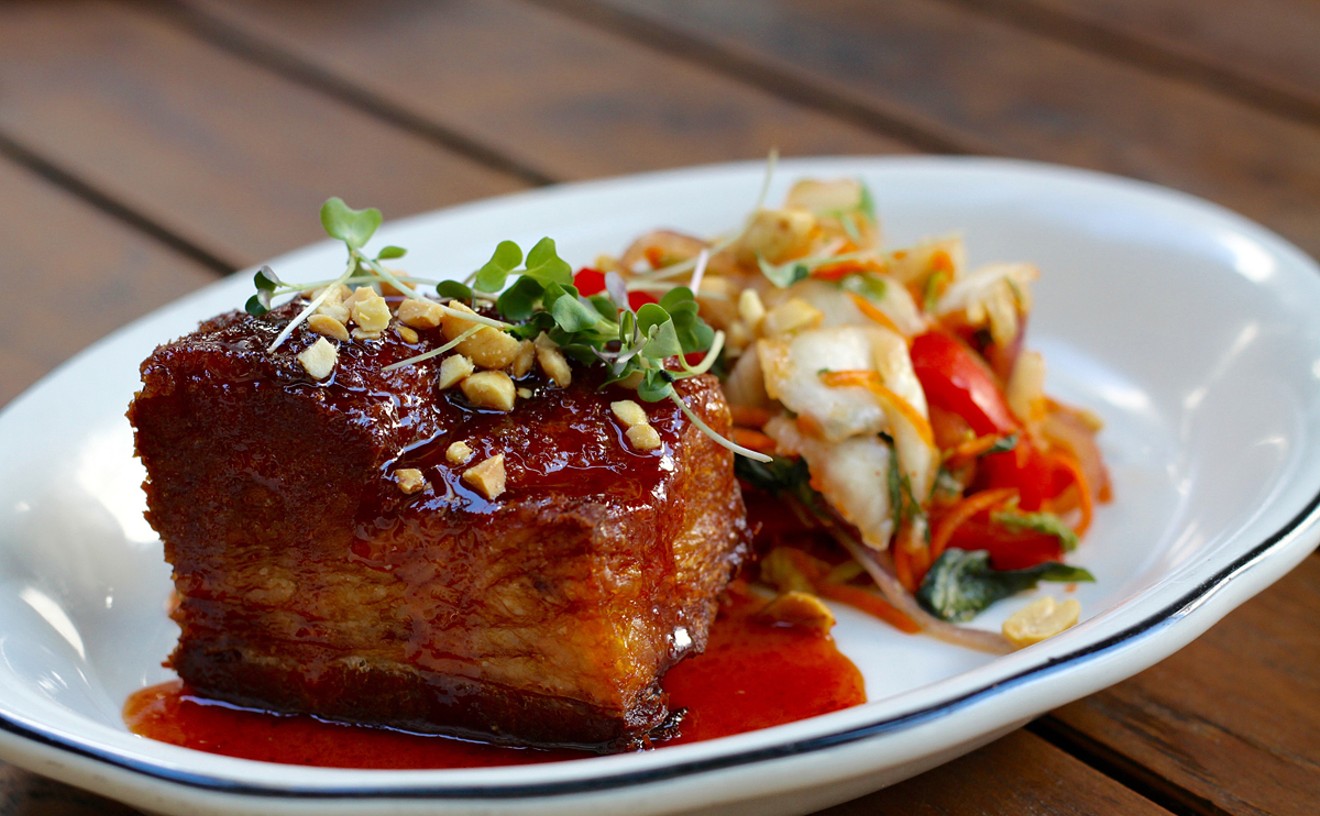
This is a lifetime achievement award one can win only once. The first five inductees were Norman Van Aken, Mark Militello, Allen Susser, Pascal Oudin, and Philippe Ruiz. This year's entries into our hallowed hall of fame are two toques who have been wowing Miami diners for more than a decade and who are, at the moment, presiding over the pinnacle of their careers. Michelle Bernstein and Michael Schwartz are not only the hottest, most talked-about chefs in South Florida (or, for that matter, Florida), but also their respective restaurants, Michy's and Michael's Genuine Food & Drink, are near universally acknowledged as the very best we have. Bernstein broke into the big-time ranks during her dazzling stint at Azul in the Mandarin Oriental Hotel; Schwartz made his name as chef/co-owner of SoBe's perennially popular Nemo. Both had to deal with obstacles on their way up — need we remind Michelle of her short work at The Strand, or Michael of his ill-fated helming of the Atlantic Restaurant? — but they worked hard, with full integrity and passion, until they succeeded on their own terms. That the two are known to be genuinely nice, humble human beings only makes the story of their rise that much sweeter.
- 130 NE 40th St., Miami, 33137 Map
- 305-573-5550
- michaelsgenuine.com
Best Chicken Wings
House of Wings Sports Grill
It's one of the great culinary success stories of our time — how the useless appendages of a bird about as capable of flying as an anvil became this incredibly popular thing to eat. Chicken wings are mostly skin, bone, and gristle, but their little meat is tender and succulent. They fry up nicely and take well to virtually any sauce you can imagine. House of Wings is the Michelangelo of chicken appendages, with some 50 sauces ranging from lemon-pepper-garlic to barbecue to curry to Jamaican jerk. For less than a buck apiece, they come grilled or fried. Go for fried. The joys of crisp-crunchy skin and juicy, well-seasoned flesh trump lard-filled arteries every time. You can either grab 'em to-go or hang out in the no-frills room, where sporting events play relentlessly on a multitude of TV sets.





